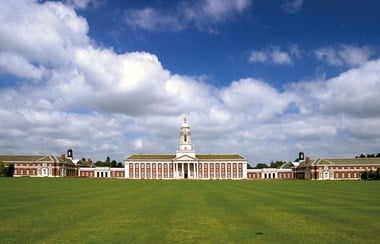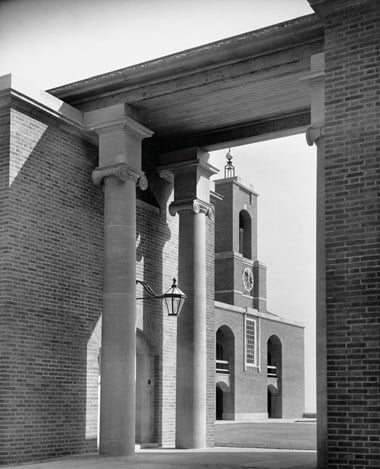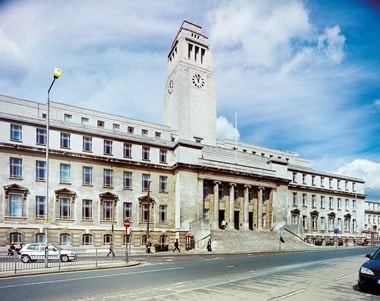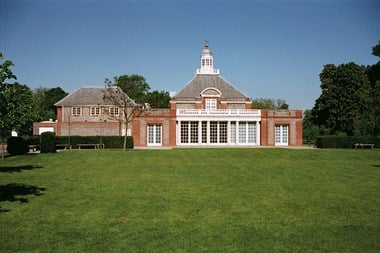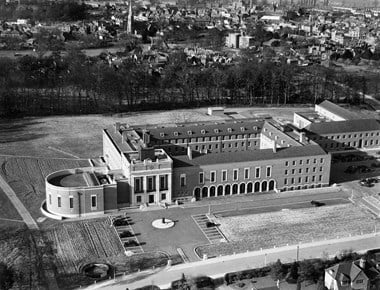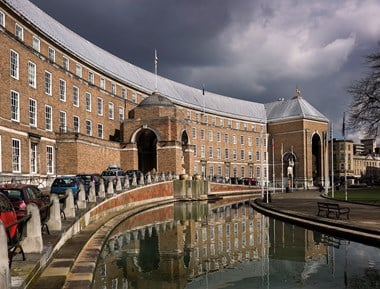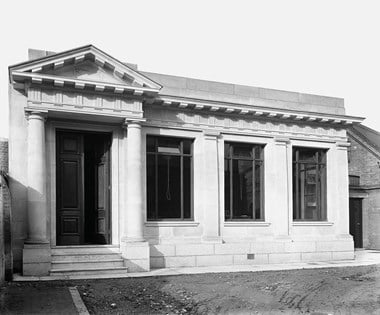Neo-Georgian Architecture 1880-1970
This publication investigates how, where, when and why the Neo-Georgian has been represented over the course of the last century. It assesses its impact as a broader cultural phenomenon through a consideration of its buildings, objects, institutions, and actors. It contends that this was not another dying gasp of Revivalism restricted to 1920s Britain but a complex assertion of national image and identity with its origins before and its influence extending beyond this 'lost' decade, well into the post-WWII period.
Different ideologies have been attached to the Neo-Georgian at different times and places, particularly notions of home, nation, gender and class. The papers explore the construction, reception and historiography of 'the Georgian' throughout the late nineteenth and twentieth century - and most particularly its relationship to modernism - through discussion of a range of building types, planning (including the new concept of Civic Design) and design generally.
The expansion of the public sector in the twentieth century saw Neo-Georgian embraced for a wide variety of buildings and sites. Re-interpretations and adaptations of the Georgian have been a constant theme over the past century and constitute a powerful and enduring strand in Anglophile culture across the globe. The papers consider interpretations of the Neo-Georgian not only in England but in places as diverse as New Zealand and America.
Contents
- 1. Introduction: Re-appraising the Neo-Georgian
Julian Holder & Elizabeth McKellar - Part I: Origins of the Neo-Georgian
2. Quality in Quality Street: The Neo-Georgian style and its place in architectural history
Alan Powers
3. The Call to Order: Neo-Georgian and the Liverpool School of Architecture
Peter Richmond
4. Georgian London before Georgian London: Beresford Chancellor, Rasmussen and 'The true and sad story of the Regent's Street'
Elizabeth McKellar - Part II: Developing the Neo-Georgian language
5. Edwin Luytens (1869-1944): Wrenaissance to Neo-Georgian
Margaret Richardson
6. Emmanuel Vincent Harris (1876-1971): civic, civil, and sane
Julian Holder and Nick Holmes
7. Giles Gilbert Scott (1880-1960) and Classical architecture
Gavin Stamp
8. C H James (1893-1953): Neo-Georgian - from the small house to the town hall
Nick Chapple - Part III: Establishing a new tradition: typologies of the Neo-Georgian
9. Bankers' Georgian
Neil Burton
10. A state of approval: Neo-Georgian architecture and His Majesty's Office of Works, 1914-1939
Julian Holder
11. Neo-Georgian: the other style in British 20th-century university architecture?
William Whyte - Part IV: Neo-Georgian; a prelude to Modernism?
12. 'Modern Swedish Rococo': the Neo-Georgian interior in Britain, c 1920-c 1945
Clare Taylor
13. 'A live universal language': The Georgian as Motif in interwar English architectural modernism
Elizabeth Darling - Part V: Global Neo-Georgian
14. The Neo-Georgian in New Zealand, 1918-1940: architectural revivalism at the end of empire
Ian Lochhead
15. 'Phony Coloney': the Reception of the Georgian and the construction of 20th century America
Stephen Hague
Neo-Georgian Architecture 1880-1970 image gallery
Please click on the gallery images to enlarge.
Additional Information
- Series: Architectural History
- Publication Status: Completed
- Pages: 232
- Illustrations: 150, black & white and colour
- ISBN: 9781848022355
Accessibility
If you require an alternative, accessible version of this document (for instance in audio, Braille or large print) please contact us:
Customer Service Department
Telephone: 0370 333 0607
Email: [email protected]


